
Zambales is among the more easily accessible beach destinations from Manila. The province is one of our team’s fave beach destinations in the Philippines! Over the years we’ve made multiple trips to different parts of Zambales like San Antonio, Liwliwa in San Felipe, San Narcisco, and Subic.
But there’s just something about the beaches and coves surrounding Barangay San Antonio that set them apart. Maybe it’s the sea salt talking, but Anawangin Cove, Nagsasa Cove, Capones Island, Camara Island, and Talisayen Cove are just something else! Beautiful beach-y escapes within 20 minutes to an hour of each other – these beaches and coves were made for island-hopping!
We’ll need to make a few more trips to cover the whole province, but we can’t wait ‘til then to share this island hopping itinerary and budget breakdown with you! So, if a trip to Zambales is in your cards, this post will give you more of an idea for your day-to-day activities and budget for this trip.
WHAT'S IN THIS GUIDE?
How to Get There
We started our day at 5:30 AM. I know, it sounds a little early, but we actually recommend going even earlier if you’re commuting since the bus trip takes around four to five hours.
Public Transportation
- From Manila, board a bus to Zambales. Victory Liner can get you to Zambales via any of their terminals in Sampaloc, Cubao, Pasay, and Caloocan. From Caloocan bus terminal, we took a bus that terminates at Iba, but we told them that our drop off will be at San Antonio. Our bus ticket cost P360. For the complete schedule for all terminals, you may check our MANILA to ZAMBALES Bus Guide article.
- Get off at San Antonio, Zambales. If this is your first time going to San Antonio, we recommend reminding the bus conductor of your stop. As soon as we got to San Antonio, we informed our tour operator that we were at the market. Since no markets are near the coves and islands, bought ready meals and snacks at the San Antonio Public Market.
- Ride a tricycle to Pundaquit Beach. The fare is P40 per head.
TIP! Since the bus ride from Manila to San Antonio, Zambales is a bit long, we recommend either bringing snacks and a light breakfast onboard or buying from the stalls in the terminal. While there are stopovers along the way, the time allotted for them isn’t really enough for a full meal!
Private Car
Traveling to Zambales by private car is an option that many take, especially if it’s comfort and convenience you’re gunning for. If you’re planning to travel from Manila to San Antonio, Zambales by car, it’s honestly as easy as inputting “Pundaquit Beach” into Google Maps or Waze and trusting it to lead your way.
San Antonio Zambales Island Hopping Tour
We booked our island hopping tours from Nagsasa Cove Zambales on Facebook. In all honesty, you don’t really need to hop between islands and coves if you don’t feel like it! The beaches are stunning and some of them deserve an overnight stay each. For previous trips, we only go to 1-2 islands or coves per trip, but since we wanted to give you a fuller picture of San Antonio Island Hopping, we decided to stop at four coves and islands.
San Antonio Island Hopping Stops
- Camara Island
- Nagsasa Cove
- Talisayen Cove
- Anawangin Cove
San Antonio Island Hopping Rate
Day Tour
- P3,500
- Up to 4 Pax
Alright! Here’s what a Zambales day trip would look like.
Pundaquit Beach
Pundaquit Beach is the main jump-off point for island-hopping in San Antonio, Zambales. There’s not much to see here during the day, so it’s mostly a docking point for the island-hopping bangkeros or boat operators. At this point, it’s honestly more boat than shore!
If you want more info about Pundaquit, we have a separate article for it: Pundaquit Beach Quick Guide.
TIP! We started our tour at 11:30 AM, which is honestly a bit late! This is why we recommend leaving Manila as early as possible so you can get a head start on your day. Before heading to the shore, we changed from our clothes on the bus to more appropriate beach wear. Then it was off to island-hopping!
Camara Island
So what did we love about Camara Island?
It’s a great island to start your tour because it’s so easy to get to from Pundaquit. And since it’s the most photo-worthy of them all, it’s a great spot to get those pictures in before the rugged waves of Zambales give you a make-over!
The water is clear and the sand is white but some areas of the island are a bit rocky so it’s best to bring aqua shoes if you plan on taking a dip. Much like most of the islands and coves near San Antonio, Camara Island is surrounded by a backdrop of mountains. The island itself is strewn with natural rock formations.
Since you won’t really find any facilities here, Camara Island best features on a daytrip!
Nagsasa Cove
Out of all the coves and islands we visited, Nagsasa Cove is my personal pick. It’s beautiful and most importantly it’s QUIET. It takes a good hour to get to Nagsasa compared to Anawangin, but it’s well worth the journey if you ask me.
I wish we could have stayed for the whole day and even overnight (because they say Nagsasa is the best place to make camp for stargazers!), but we actually just spent 30 minutes here.
Don’t expect the white sand of Camara Island here. Nagsasa and Anawangin Cove are known for their fine yet gray-ish ash from Mt. Pinatubo’s 1991 eruption. But don’t be fooled! Its ashen sand definitely doesn’t take away from this quiet Zambales paradise.
The water here is very shallow, even in the afternoon when you expect high tide to hit. At this point I was already quite far from the shore and yet the water was still quite shallow. At 2:00 PM, a sandbar of sorts was still visible, which made for the best photos!
If you want more info about Nagsasa, we made a separate article for it: Nagsasa Cove Travel Guide. After Nagsasa, we were off to Talisayen for a late lunch by the beach.
Talisayen Cove
At around 2:30 PM, we arrived at Talisayen Cove. Lesser known than Nagsasa and Anawangin, Talisayen takes more after Nagsasa Cove. Quiet and unassuming, this is a perfect stop if you’re looking for an escape from busy city life.
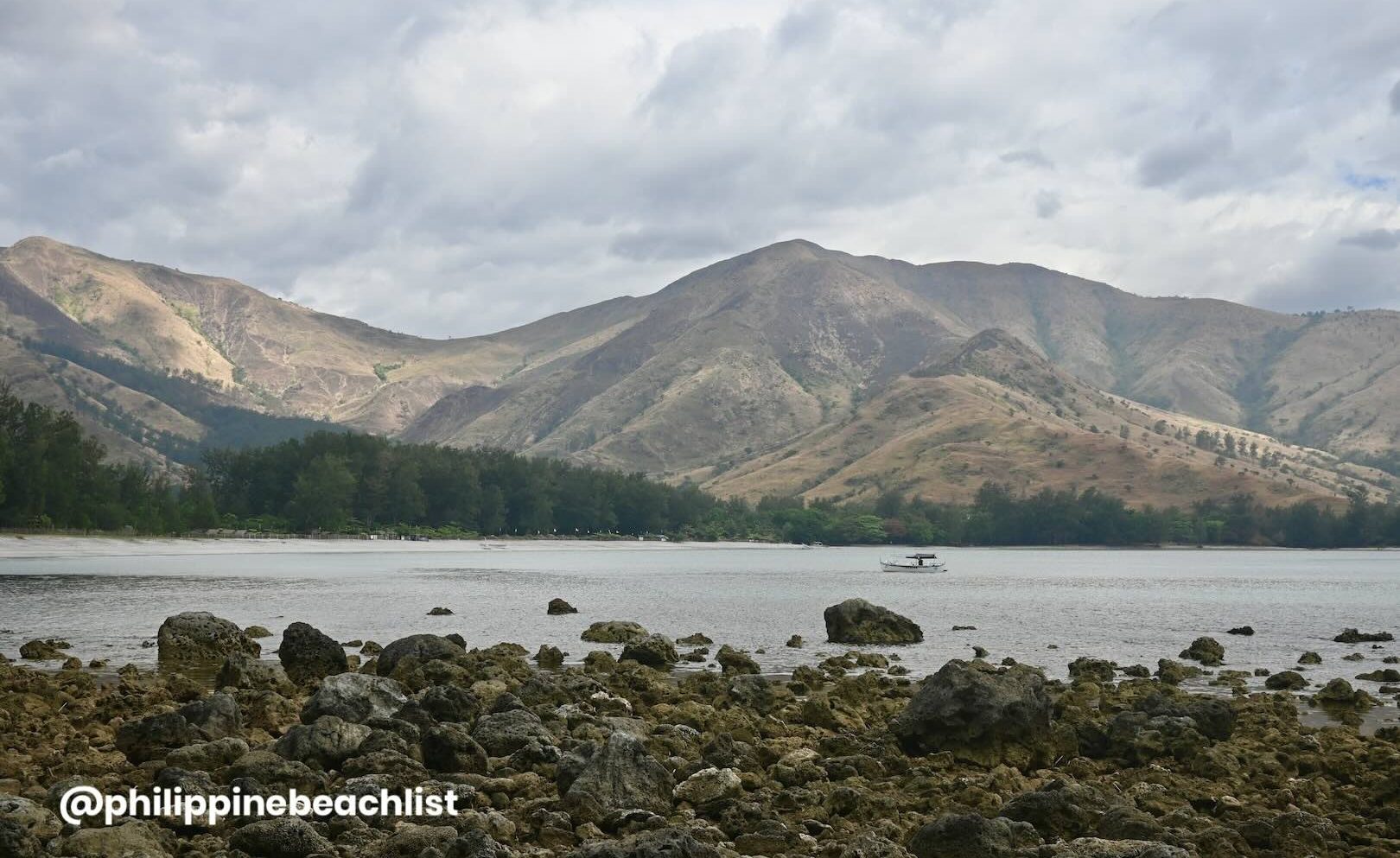
Like Nagsasa, overnight stays are also possible on this smaller cove, but we opted for a quick lunch stop instead. After Talisayen, we were off to Anawangin for the last leg of our island-hopping adventure.
Anawangin Cove
If you’ve only heard of one beach destination in Zambales, Anawangin Cove is probably it. Famous for its crescent-shaped beach, Anawangin is the life of the party. With considerably more activity than the rest of the coves, ending our trip at Anawangin was a great touch. It’s great for families and friend groups looking for a bit more excitement because Anawangin has almost perfected the beach resort experience.
Aside from water activities along the shore, Anawangin Cove has a viewpoint with a cemented walkway. We paid an extra P50 to hike this viewpoint. It gives you a perfect bird’s eye view of the cove’s crescent shore, as well as the sprawling mountains hugging the cove’s coast from behind.
If you need more in-depth information about Anawangin Cove, feel free to check out this travel guide: Anawangin Cove Travel Guide.
Sunset at Pundaquit Beach
Right as the sunset was nearing, we made a split-second decision to just catch it on Pundaquit Beach since the sunset was a bit hidden to the right of the horizon. It’s a good thing that Anawangin is only 20 minutes away. We were able to catch the tail end of the sunset at Pundaquit!
While some would prefer to anticipate the sunset at Anawangin, I don’t regret our split-second decision to hightail it from Anawangin to Pundaquit.
As we got nearer and nearer to Pundaquit, the amber hues of the sunset danced across the mountains of Zambales. One of my favorite sights that day was seeing the rays of the sunset peek through the silhouette of the many boats docked near Pundaquit’s shore.
Where to Stay
More on the rugged side of beach destinations in the country, Zambales is definitely the place for pitching a tent or even car camping. If you’re planning to camp, you can save a few bucks by bringing your own tent but most beach resorts also rent out tents to visitors. But if camping isn’t your style, some beach resorts offer rooms with airconditioning. Here are just a few of the resorts that offer a variety of accommodation options to fit your comfort profile.
Destinare Beach Resort
If you like to spend a night at Anawangin Cove, Destinare Beach Resort is one of its resident beach resorts. We only had a day tour here for P130. But if you are also interested for a day tour, here are the entrance fees as advertised on their Facebook page:
- Weekdays & Sundays
P250/head - Saturdays
P350/head
For those planning to stay overnight, here are the rates:
Destinare Beach Resort & Campsite
- Small TP Nipa – P2,500
Good for 2 Pax - Big TP Nipa – P3,500
Good for 4 Pax - Small Nipa – P6,000
Good for 6 Pax - Small Villa – P6,500
Aircon, Good for 5 Pax - Big Villa – P7,500
Aircon, Good for 6 Pax
NOTE: Their room rates do not include the entrance fee to the resort.
Crystal Beach Resort
After ending our island hopping tour, we honestly could have just stayed at a resort along Pundaquit. In all honesty, we could have also just grabbed a bus bound home! But we wanted to try spending a night at Crystal Beach Resort, so we went back to San Antonio Public Market and got on a bus to San Narciso after freshening up. The fare is P50 per person.
Upon arriving at the town proper, we then took a tricycle to Crystal Beach Resort, an oldie but goodie in the Zambales resort scene. The fare is P50 per tricycle.
Crystal Beach has a wide array of accommodation options and we’ll try to cover most of them in an upcoming article! This resort has built its reputation for beach camping over the years and is a rising surfing destination among beaches in San Narciso, San Antonio, and San Felipe.
We made a reservation with them, and to make it easier for you in case you want to stay here as well, you can check rates and availability here:
✅ CHECK AVAILABILITY HERE! CRYSTAL BEACH RESORT
To enjoy the beach in comfort, we opted for a glamping tent for two for P3,500. Compared to ordinary tents, glamping tents include a sleeping mat, pillows, a blanket, an electric fan, and an empty cooler. We opted to glamp instead of taking the basic tent since it was nice to have the convenience of a sleeping mat and yet still have a front-row view of the ocean since the glamping tents are nearest to the shore.
San Antonio and Other Beach Towns
San Antonio’s neighboring towns, San Narciso and San Felipe, also offer more accommodation options. If you are planning to explore more of Zambales and heading northward, the provincial capital Iba is also a good base. To help you with your planning, here are some of the top-rated hotels you can consider booking for your trip.
Top Hotels on Agoda
- YOUHAN BEACH RESORT
✅ Check Rates & Availability Here! - CRYSTAL BEACH RESORT
✅ Check Rates & Availability Here! - THE PENTA BEACH RESORT
✅ Check Rates & Availability Here! - FUNTASEA HOTEL AND BEACH RESORT
✅ Check Rates & Availability Here! - BOM DIA HOSTEL
✅ Check Rates & Availability Here!
Top Hotels on Booking.com
- WHITE CASTLE BEACH RESORT
✅ Check Rates & Availability Here! - MEGANS PARADISIO BEACH RESORT
✅ Check Rates & Availability Here! - PLAYA ALBA BEACH FRONT AND RESORT
✅ Check Rates & Availability Here! - THE PALMS RESORT & BAR
✅ Check Rates & Availability Here! - BAKASYUNAN RESORT AND CONFERENCE CENTER
✅ Check Rates & Availability Here!
If you want more suggestions with more details about each hotel, you can also check our Top 10 Beach Resorts in Zambales article.
Find more Zambales Hotels!
Where to Eat
Truth be told, we did very little eating when we went to Zambales! Some islands and coves (e.g. Nagsasa Cove and Anawangin Cove) will allow you to bring your own grills and portable stoves, but in terms of what you’ll actually be grilling, you’ll be hard-pressed to find any markets on the islands or coves you’ll be visiting.
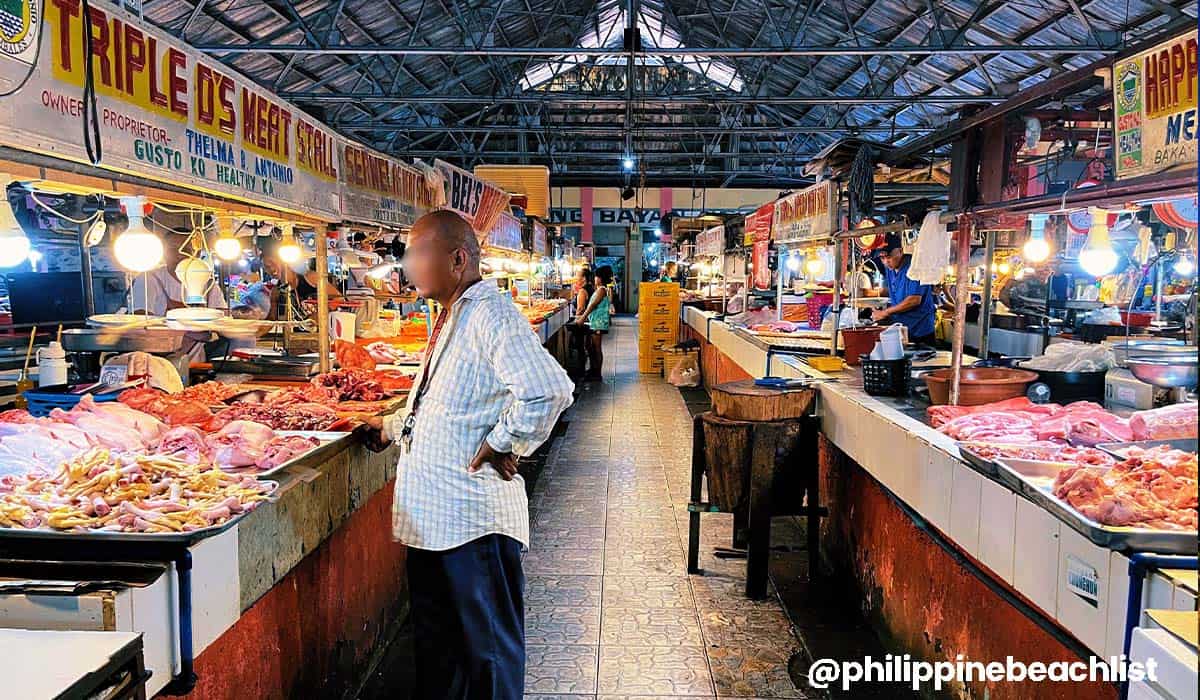
Ate Maria, our tour operator, encouraged us to get everything we needed at the San Antonio Public Market before we made our way to the jump off point. Aside from fresh vegetables and meat, a restaurant and mini-mart/grocery were also within the vicinity of the market. This made it much easier for Mariah and I to grab some grub without having to worry about the fact that we did’t have any cookware.
If you have recommendations for grub hubs and food spots to hit in Zambales, do let us know in the comments!
Frequently Asked Questions
When is the best time to go island-hopping in Zambales?
As with most beach destinations in the Philippines, it’s best to visit Zambales from November to May during the dry season. Aside from avoiding heavy rains during this period, you’ll also be spared from the rougher waves during the Philippines’ rainy season.
Make sure to check your weather apps prior to booking your trip to ensure a smooth beach escape!
How’s the mobile phone signal in the area?
Mobile signal for both Globe and Smart in Barangay San Antonio and in and around the coves and islands surrounding San Antonio is fine. We didn’t experience any problems with signal.
Tips and Reminders
- Be mindful of your menus! Note that many of the beach destinations listed in this itinerary do not have markets or restaurants near them. It’s best to plan your meals ahead.
- Bring sun protection. Don’t forget to pack your sunglasses, hat, and and your trusted environment-friendly sunscreen. Use sunscreens that do not contain chemicals like oxybenzone, benzophenone, and parabens as they are harmful to marine life.
- Bring a reusable water bottle. Don’t forget to keep yourself hydrated especially when you’re exposed to the heat. Don’t forget to bring your reusable water bottle or tumbler!
- Let’s practice being responsible travelers. Remember, take nothing but pictures, kill nothing but time, and leave nothing but footprints.
Sample Itinerary
Here are sample itineraries for a San Antonio Island Hopping trip — a day trip itinerary and an overnight itinerary. This assumes that you are traveling as a group, composed of four (4) people and splitting some of the costs. Feel free to make adjustments based on your preferences.
Day Tour Itinerary
– Ride a bus to San Antonio, Zambales: P360/person
– Get on a tricycle to Pundaquit: P40/person
– Island hopping tour: P3,500/4 = P875/person
– Lunch
– Continue island hopping tour
– Watch sunset at Pundaquit Beach
– Freshen up
– Tricycle to San Antonio Public Market: P40/person
– Bus to Manila: P360/person
This itinerary will cost you around P2,500 including a bit of allowance for miscellaneous expenses. This also considers that you will pay around P500 for a day tour at a resort to have access to their facilities including shower.
Overnight Itinerary
Day 1
– Ride a bus to San Antonio, Zambales: P360/person
– Get on a tricycle to Pundaquit: P40/person
– Island hopping tour: P3,500/4 = P875/person
– Lunch
– Continue island hopping tour
– Watch sunset at Pundaquit Beach
– Freshen up
– Tricycle to San Antonio Public Market: P40/person
– Bus to San Narciso: P50/person
– Tricycle to Crystal Beach Resort: P50/4 = P12.50/person
– Check-in
– Dinner
Day 2
– Breakfast
– Explore the resort
– Swim
– Freshen up
– Check out
– Lunch
– Tricycle to San Narciso town proper: P50/4 = P12.50/person
– Bus to Manila: roughly P360/person
The itinerary above will cost you around P4,500 including the accommodation, budget for food, and some extra. This assumes that you will book a glamping tent at P3,500 that will be shared by two (2) people and come out to P1,750 per person. Make the necessary adjustments to your budget. It is also important to allot an allowance for incidental expenses and price adjustments.
San Antonio Zambales Emergency Numbers
Below are some local emergency hotlines in the Municipality of San Antonio in Zambales:
- San Antonio Police Station
Mobile: +63 998 598 5507 - Bureau of Fire Protection
Mobile: +63 960 819 3964 - San Antonio Municipal Health Office
Mobile: +63 923 298 8211 - MDRRMO Rescue San Antonio
Mobile: +63 964 769 0801
Updates Log
2024.07.10 – First uploaded
Written by: Hannah Manalo
Additional Writing by: Astrid Alvarez
Related Article: How to Get to Zambales
More Tips on YouTube ⬇️⬇️⬇️

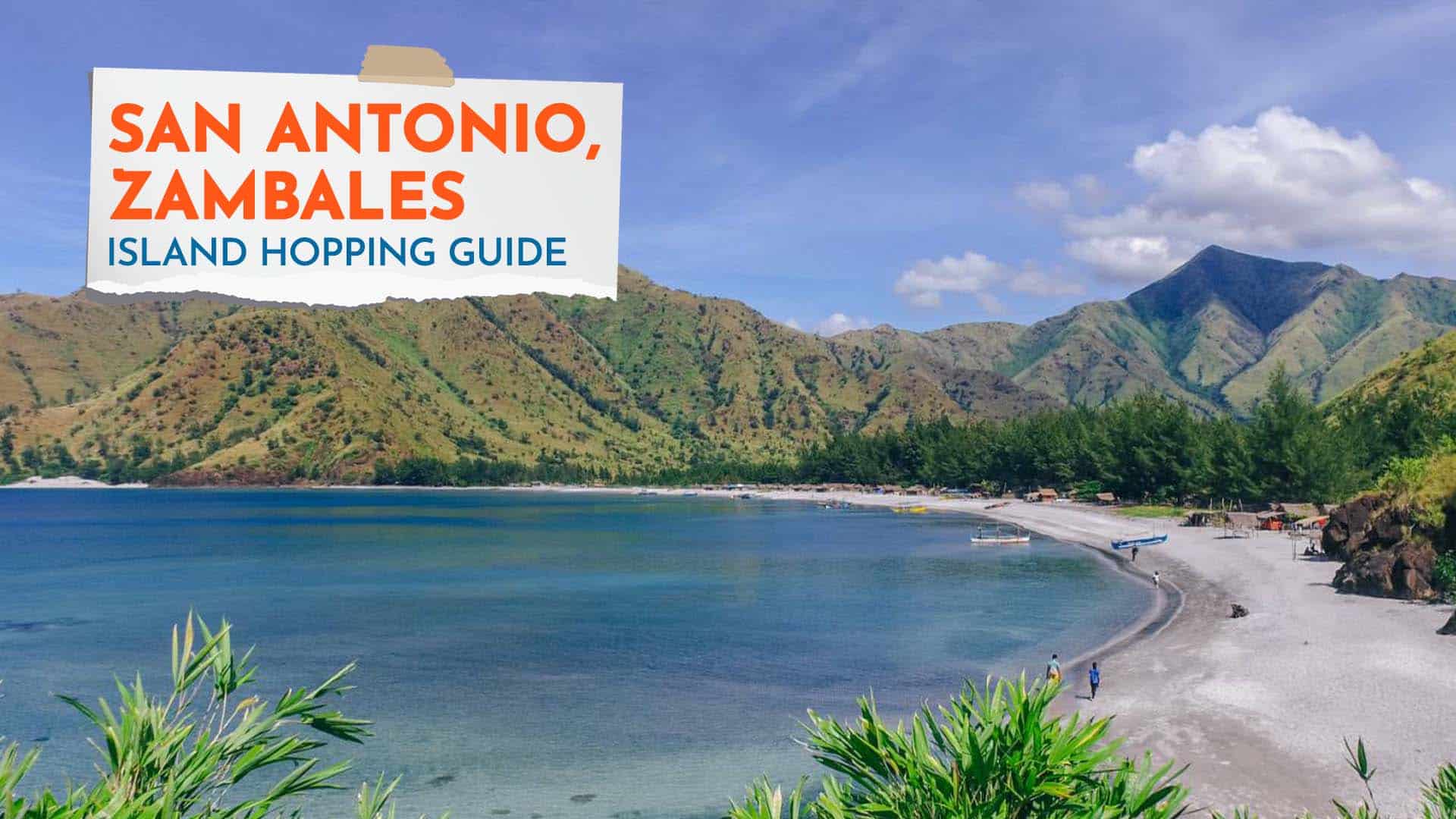

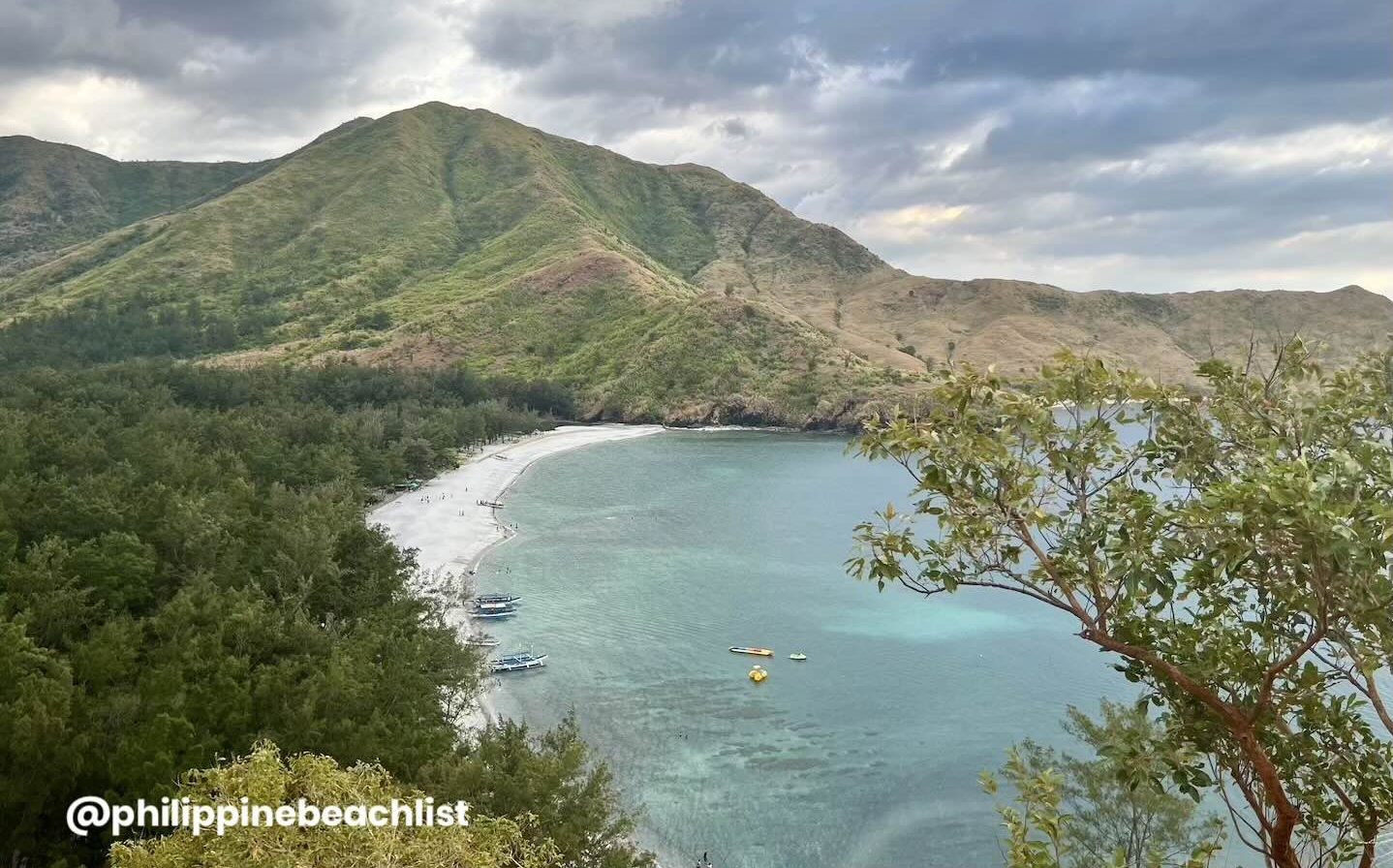
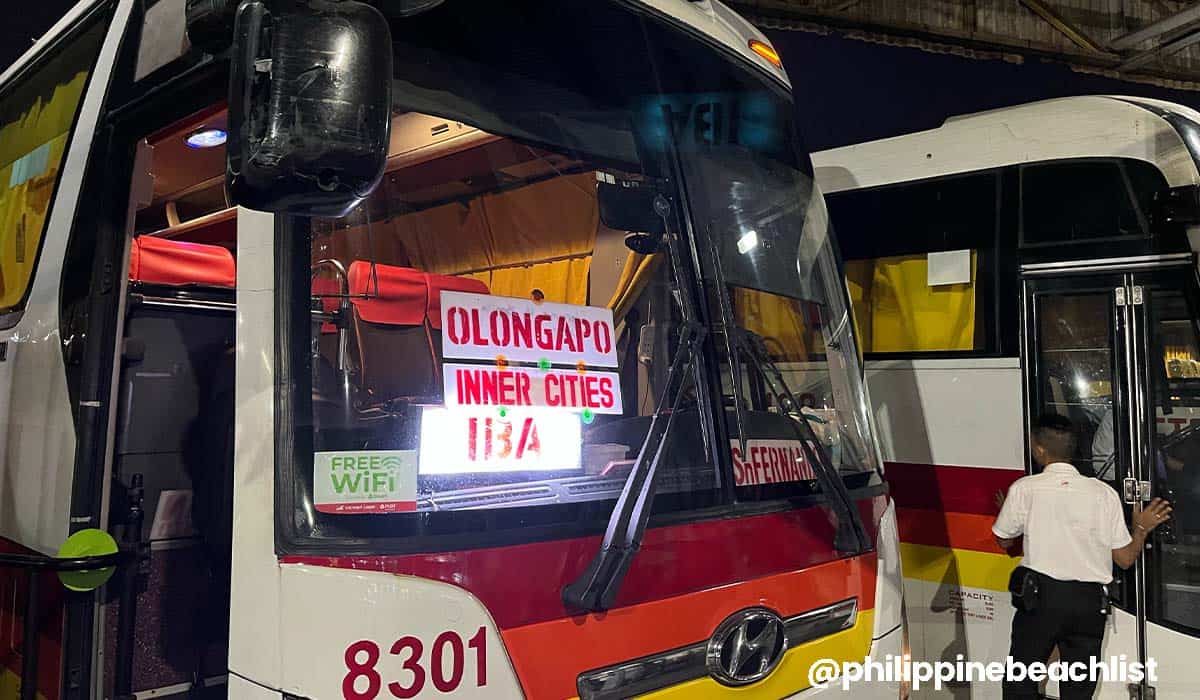
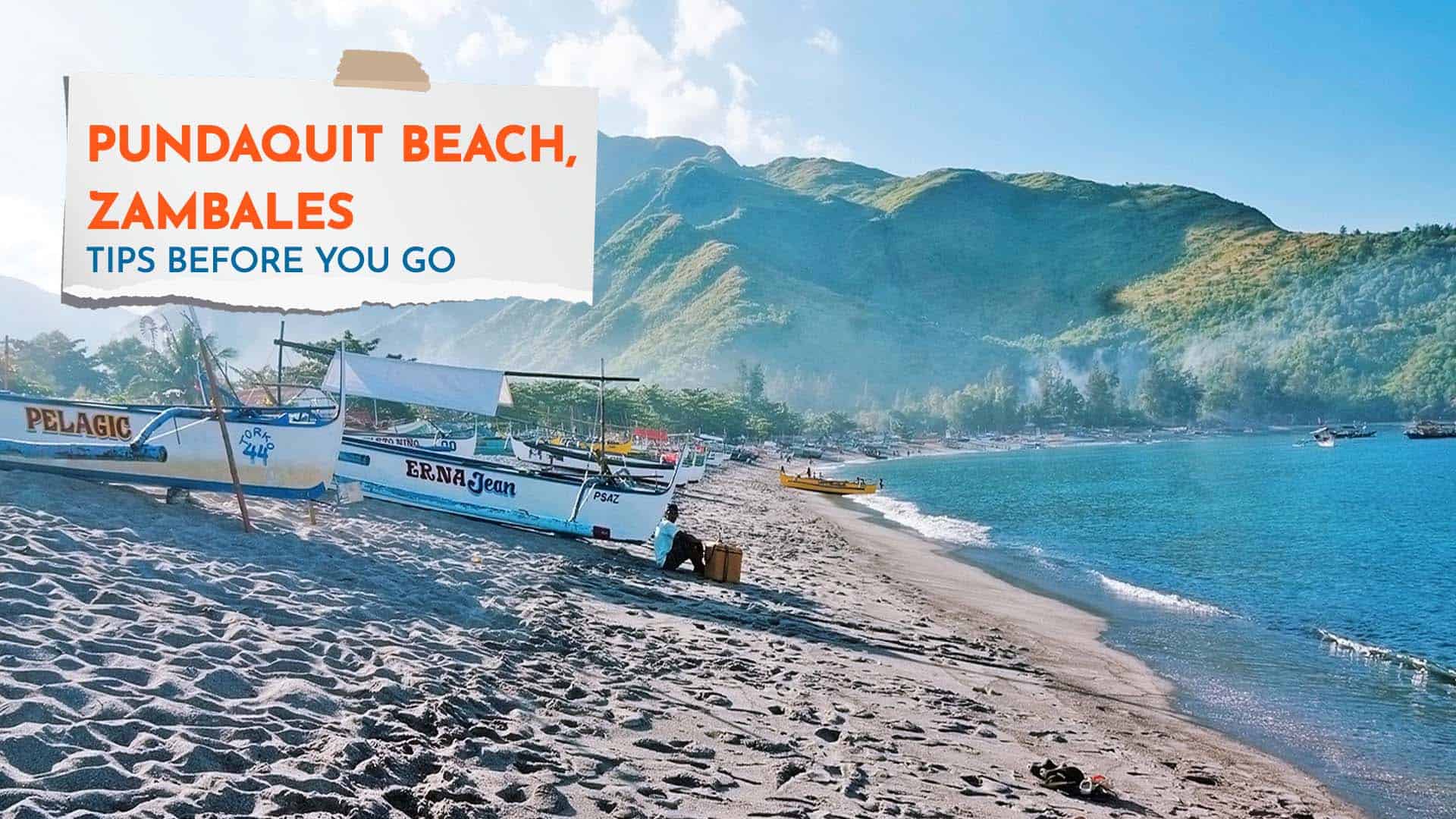
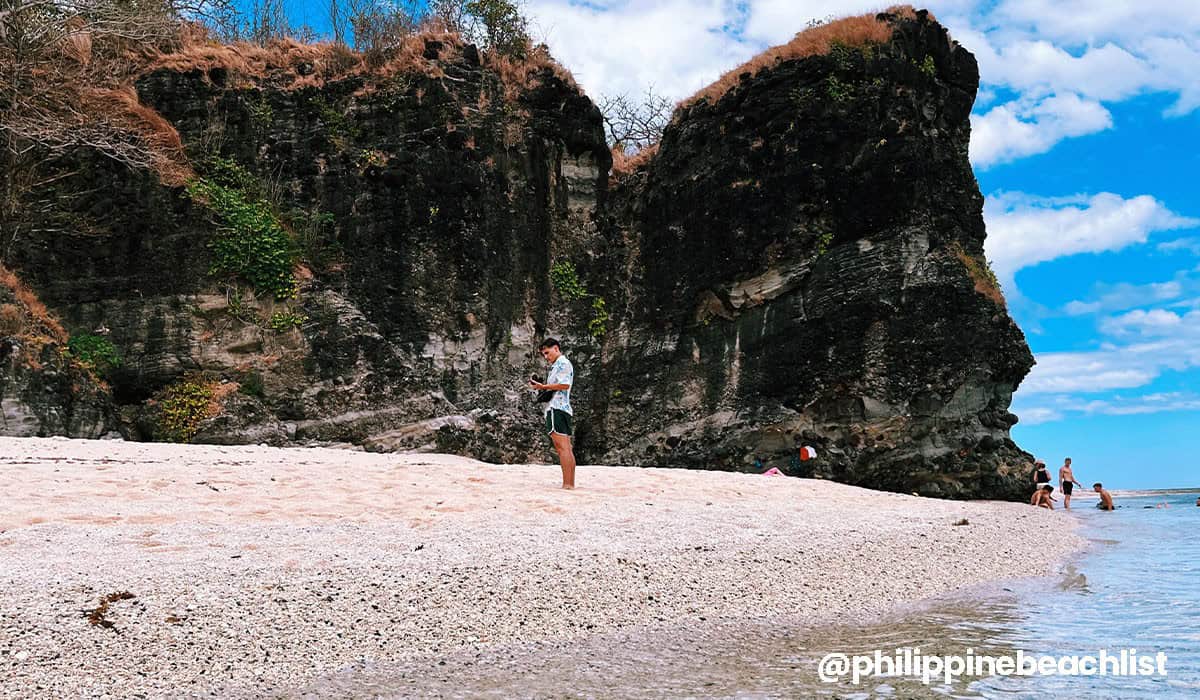
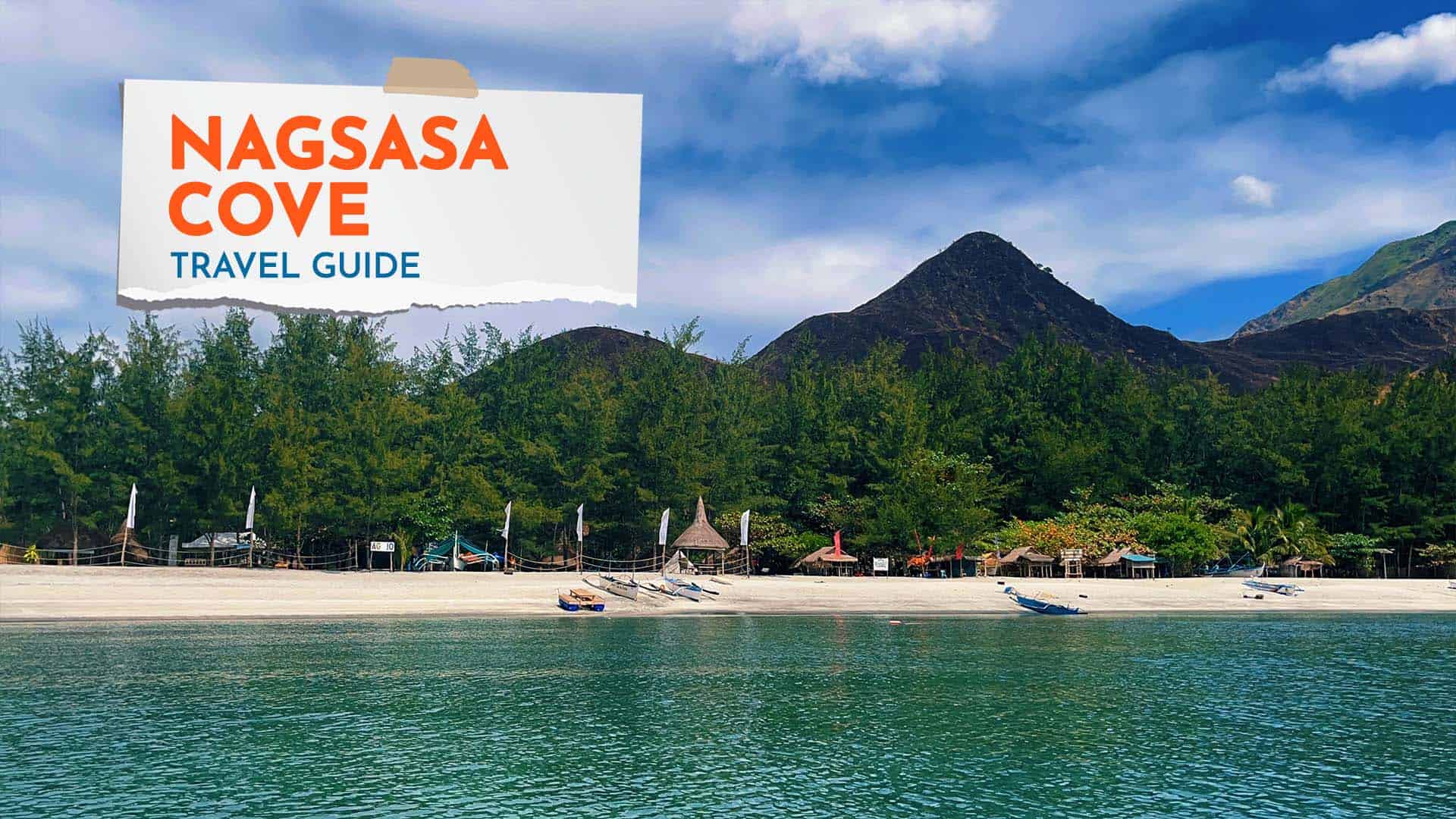
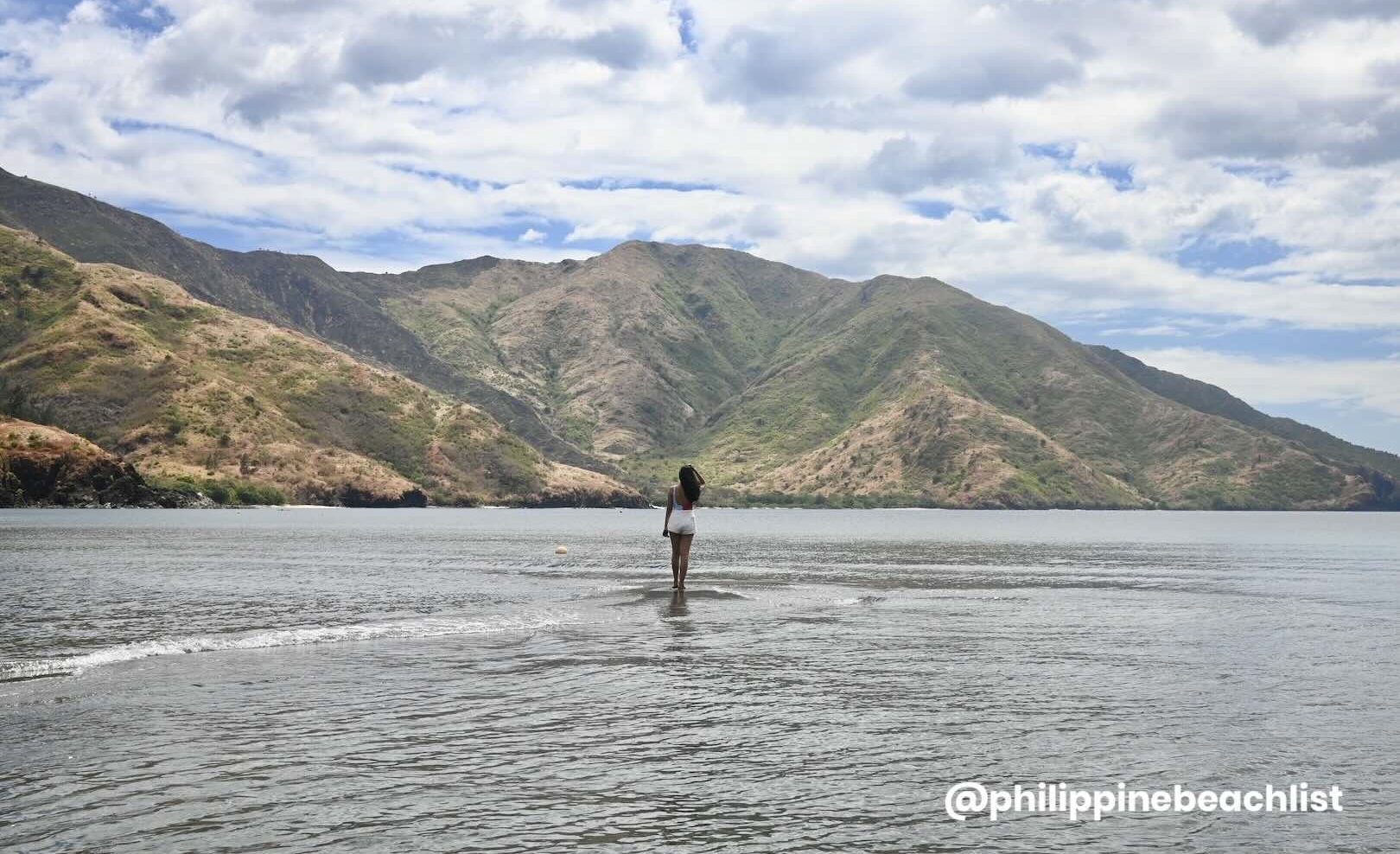
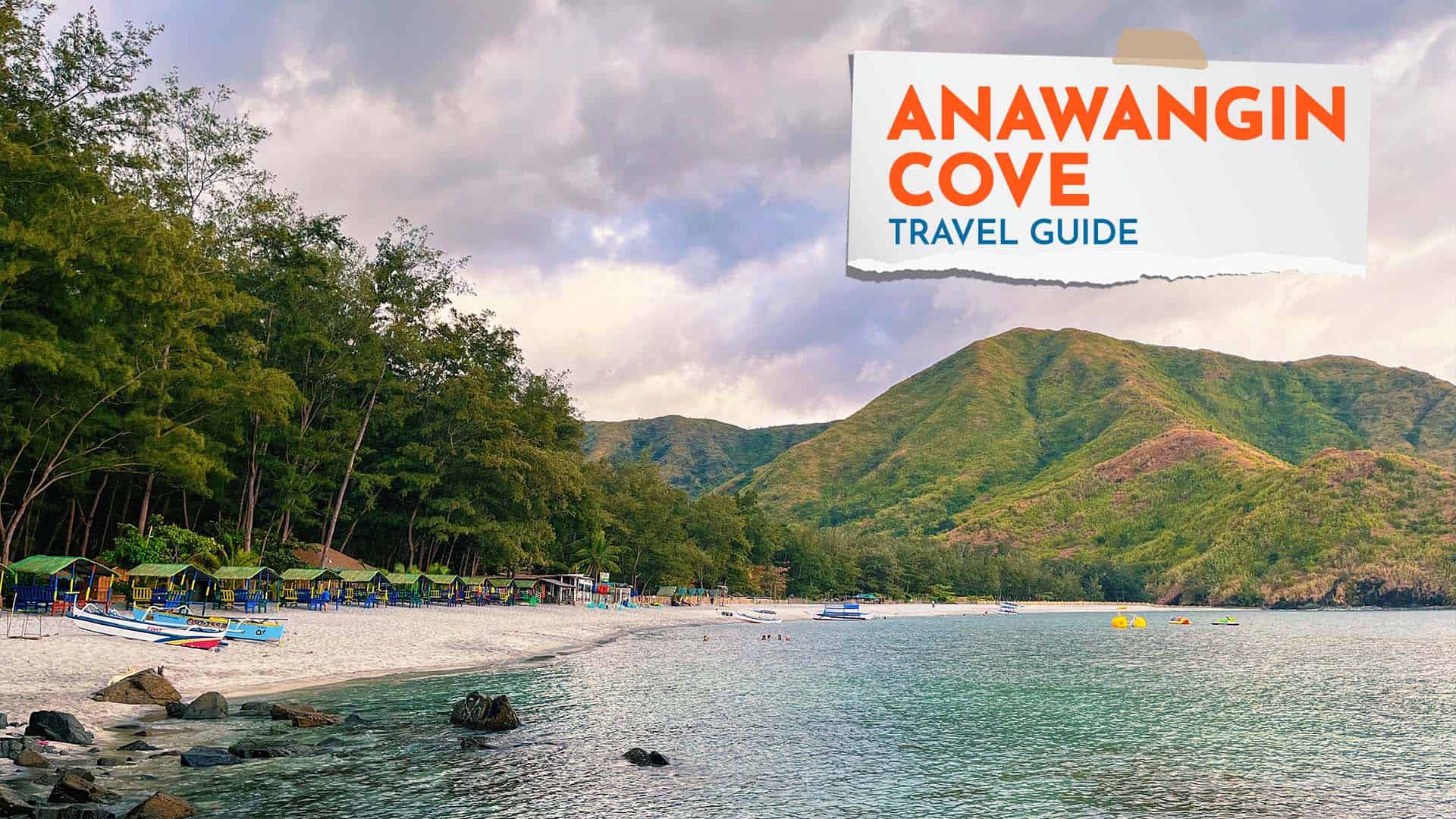
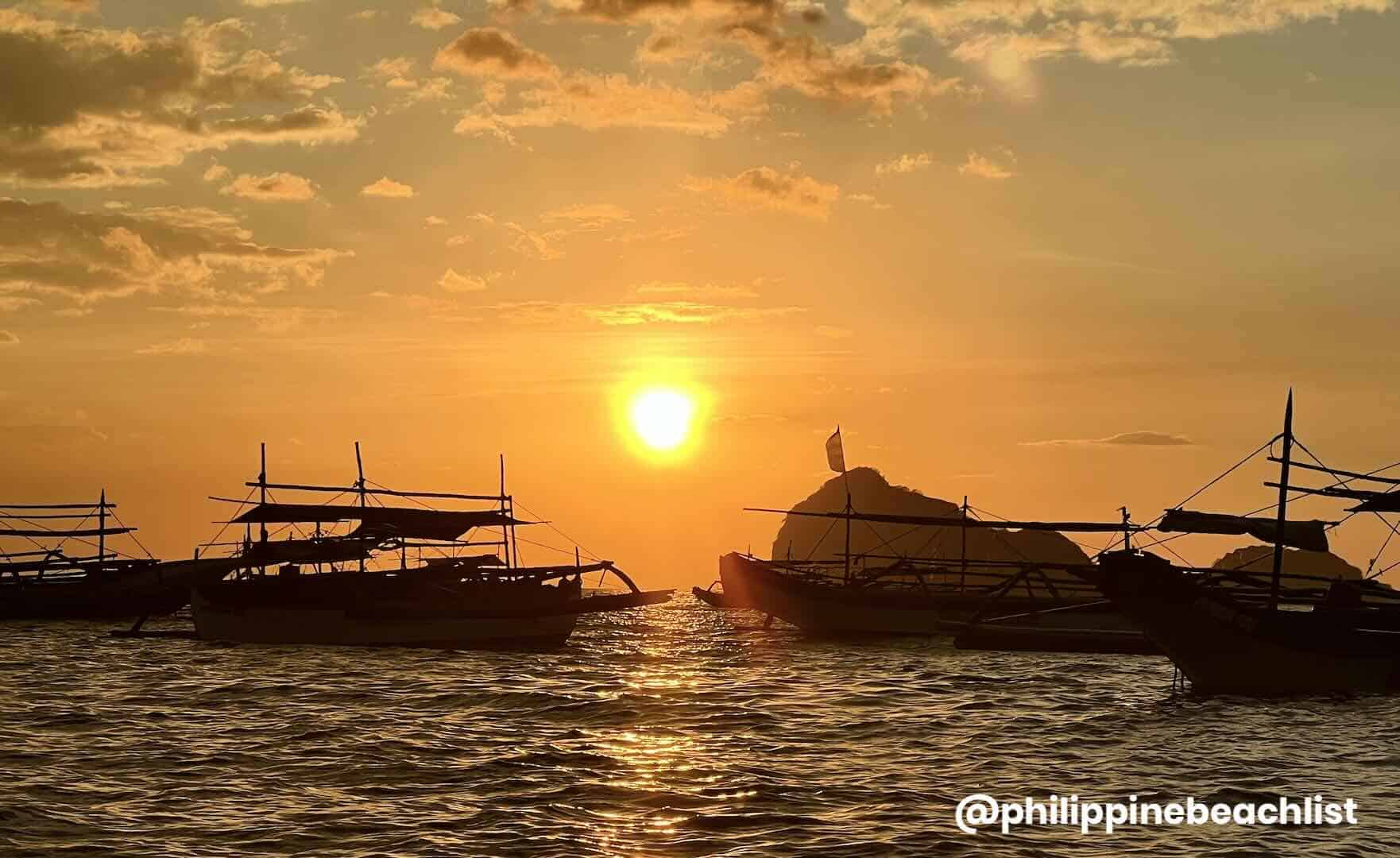
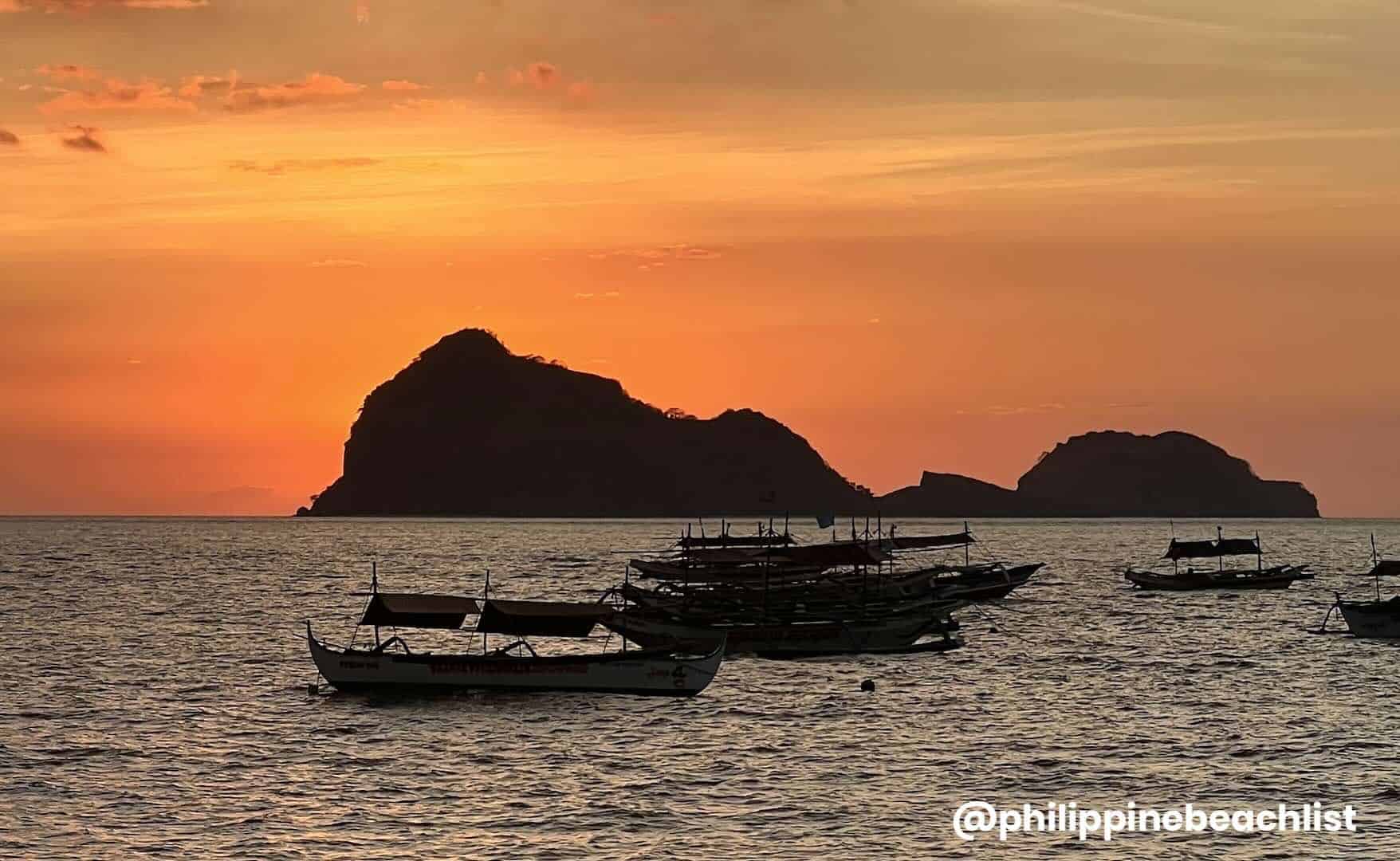
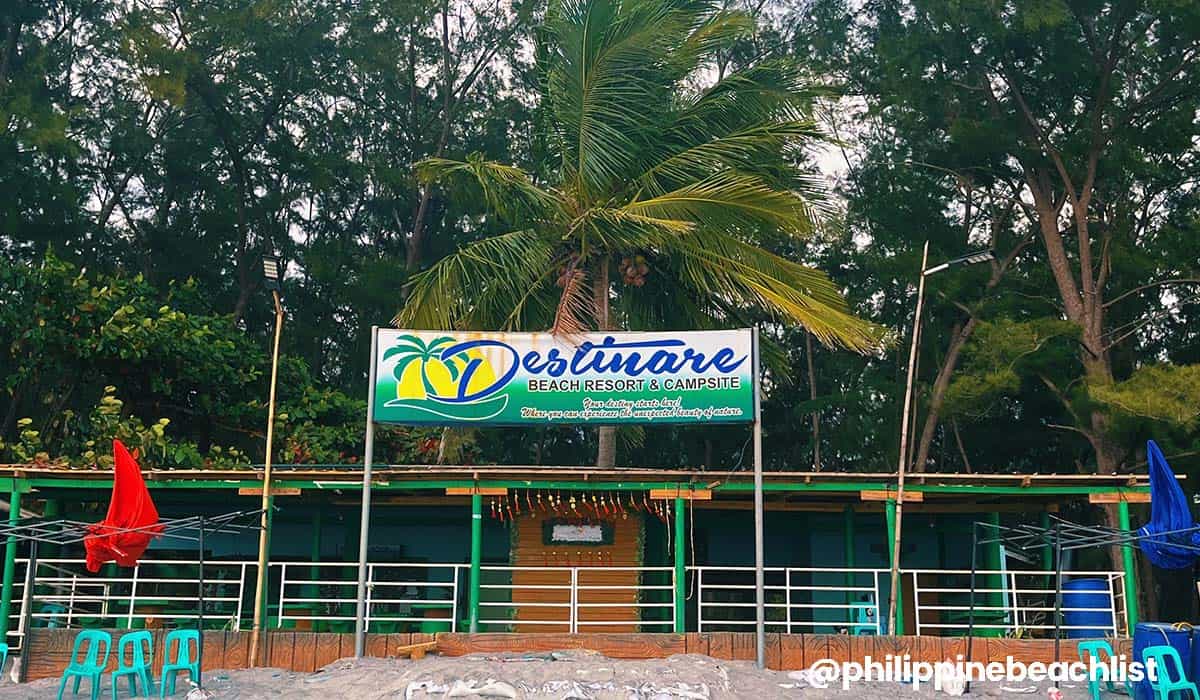
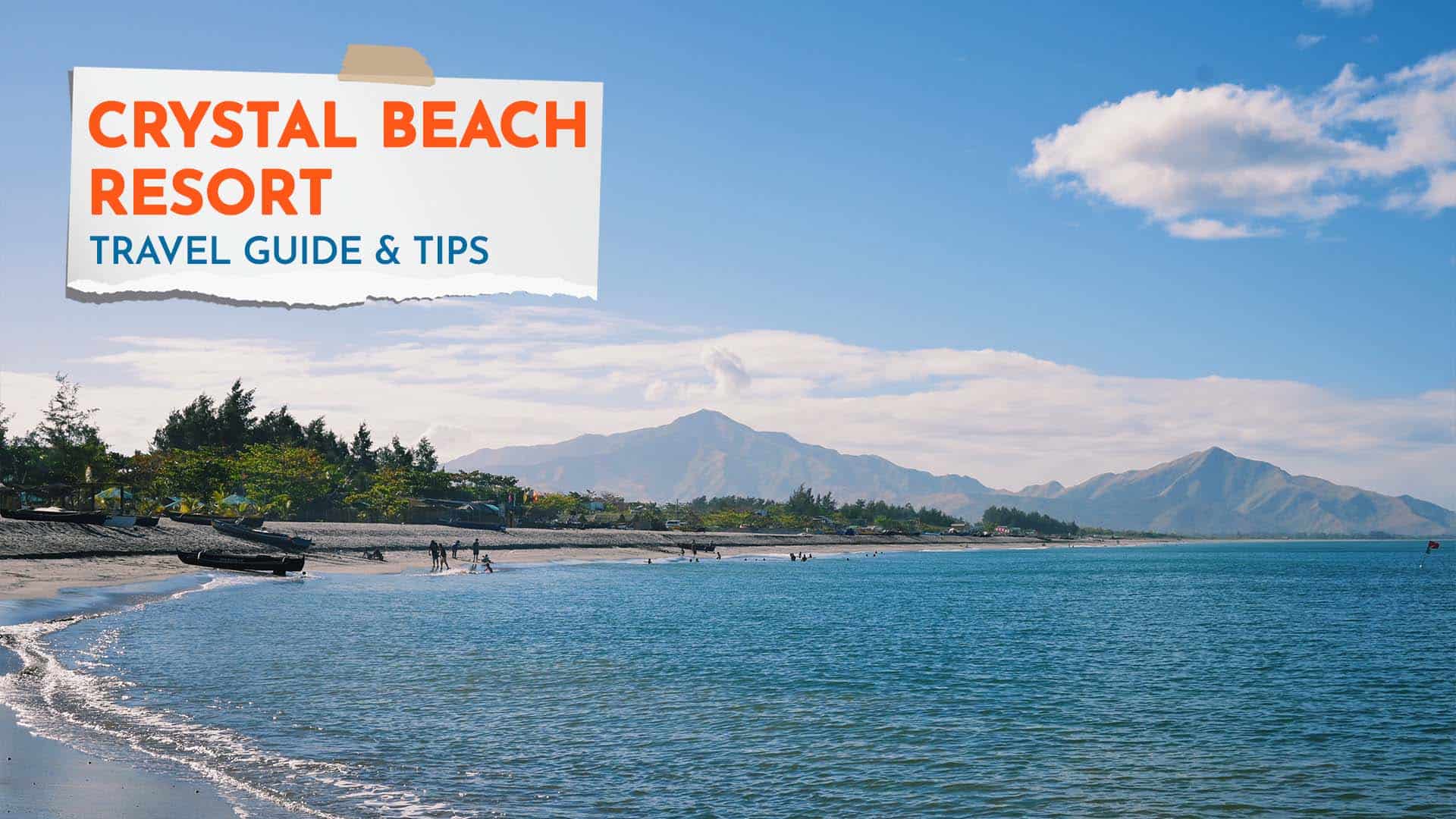
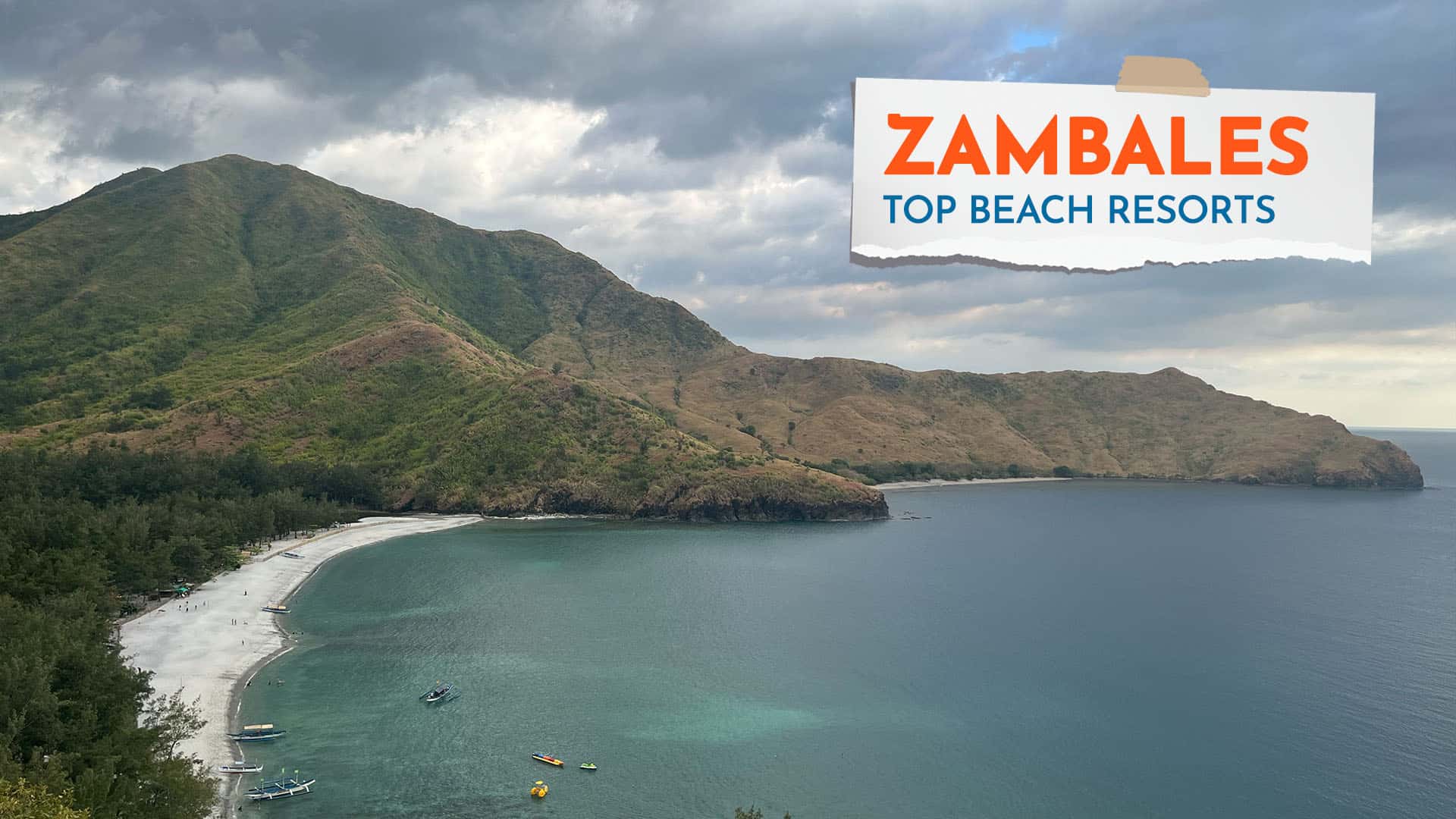

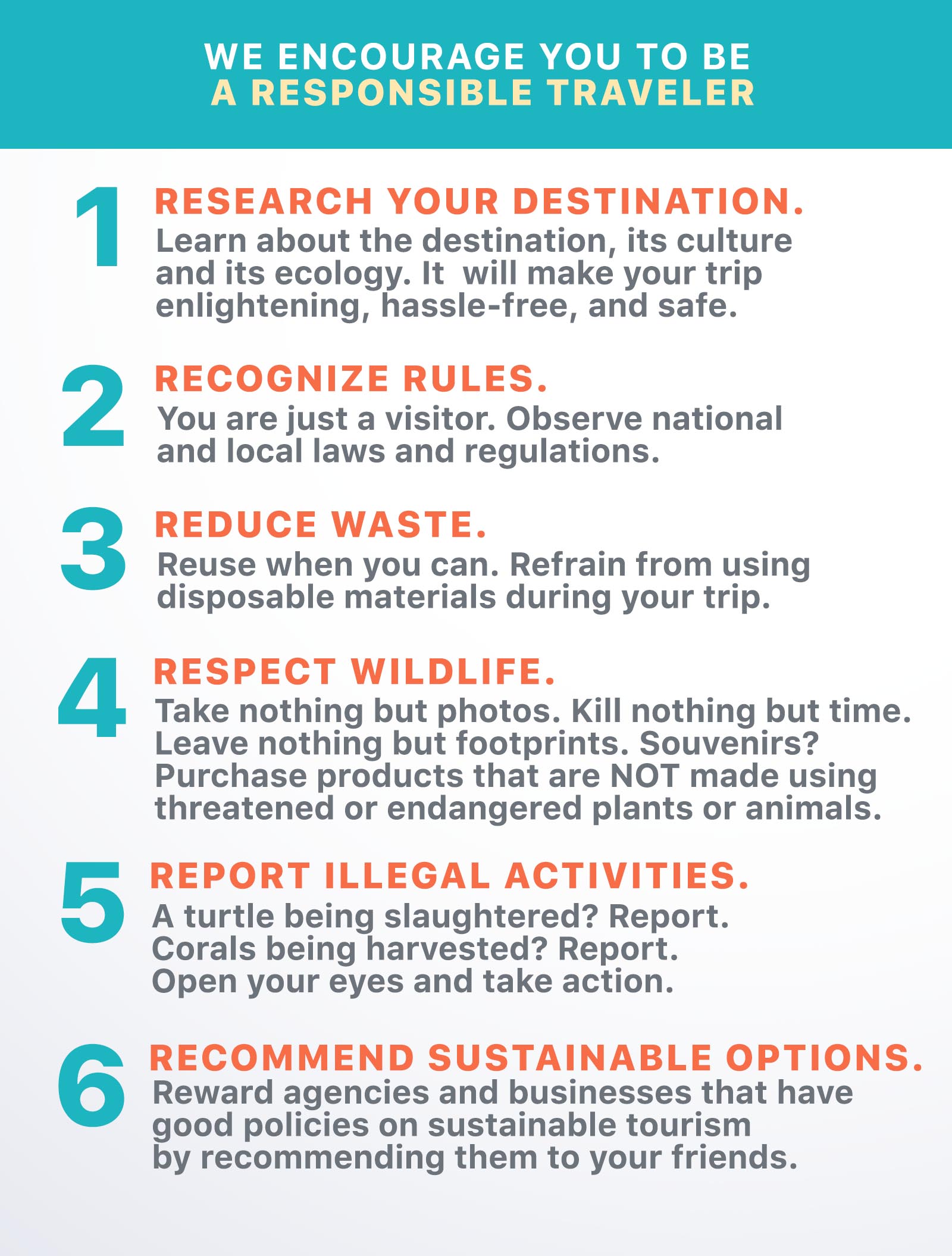
Comments